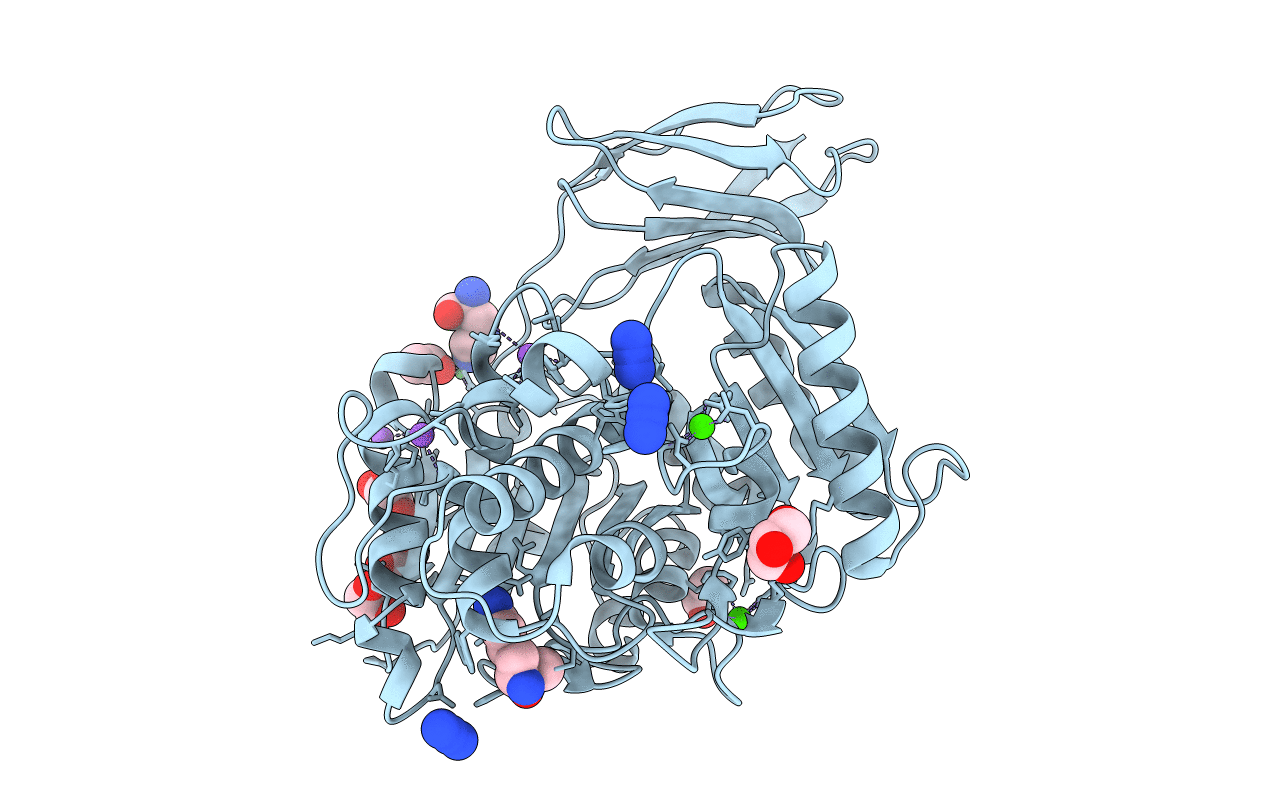
Deposition Date
2014-09-12
Release Date
2014-10-08
Last Version Date
2023-11-15
Entry Detail
PDB ID:
4RBM
Keywords:
Title:
Porphyromonas gingivalis gingipain K (Kgp) catalytic and immunoglobulin superfamily-like domains
Biological Source:
Source Organism:
Porphyromonas gingivalis (Taxon ID: 837)
Host Organism:
Method Details:
Experimental Method:
Resolution:
1.75 Å
R-Value Free:
0.17
R-Value Work:
0.14
R-Value Observed:
0.14
Space Group:
P 21 21 21


